As we start the new year there is concern in our industry about the possibility of a recession and how it will impact mobility. Yes, a recession can potentially impact our industry in negative ways, but there are some who believe that mobility can play a hugely positive role during a potential downturn. These “glass half full” thinkers are looking to pivot towards mobility to keep internal talent within the organization.
In times of talent shortage, mobility is often used as a lever to attract new talent into the organization. When we are in hiring mode, mobility can bring in talent and deploy it where it is needed. Over the past few years, we have experienced an externally focused mobility position, with mobility working more closely than ever with talent acquisition. On the flip side, mobility is an excellent way to keep the talent we already have. When we experience hiring freezes, layoffs, or office closures, mobility can play a critical role in employee retention by pivoting to an internally focused mobility program. Existing talent is proven, already trained, and effective. It is a no brainer that we would want to tap into this talent pool. During difficult times, internal talent can be:
- Deployed to fill open roles in locations where hiring is not currently an option
- Redeployed from a location impacted by job losses to locations where talent is needed
- Given the option to move to lower cost to employ locations
Many perceive mobility as an expensive solution and might think these options are cost prohibitive in difficult times. We need to break down that perception.
In tough times we can lean on our domestic and international transfer solutions to deploy/re-deploy talent. Transfers are often lower-cost programs and can be adapted to offer “rapid deployment” options that are cost efficient and, in some cases, cost predictive.
This may take the form of a basic relocation package or a managed cap or lump sum program. Structured this way, a relocation can actually cost less than leaving a position open or hiring externally. During tough times employees are often more willing to accept less generous support if it means they can continue employment with the company.
This is why it is so critical for mobility to adopt flexible policy suites. Modern policy suites offer a platform of programs that enable mobility to happen in all forms. The platform adjusts as different needs arise and acts more like an accordion – self-contained, with a beginning and an end – but able to stretch and bend as needed. It is with this agility that mobility can stay relevant in good and bad financial times.
Glass Half Full or Empty
By offering solutions that help an organization during a recession, the mobility function can showcase its role as an advisory function and a key player in helping a company execute talent strategy. Now is the time to proactively engage stakeholders and demonstrate how mobility can be effective even when financial constraints persist. I choose to see the glass as half full as we enter 2023. I hope you do too!







